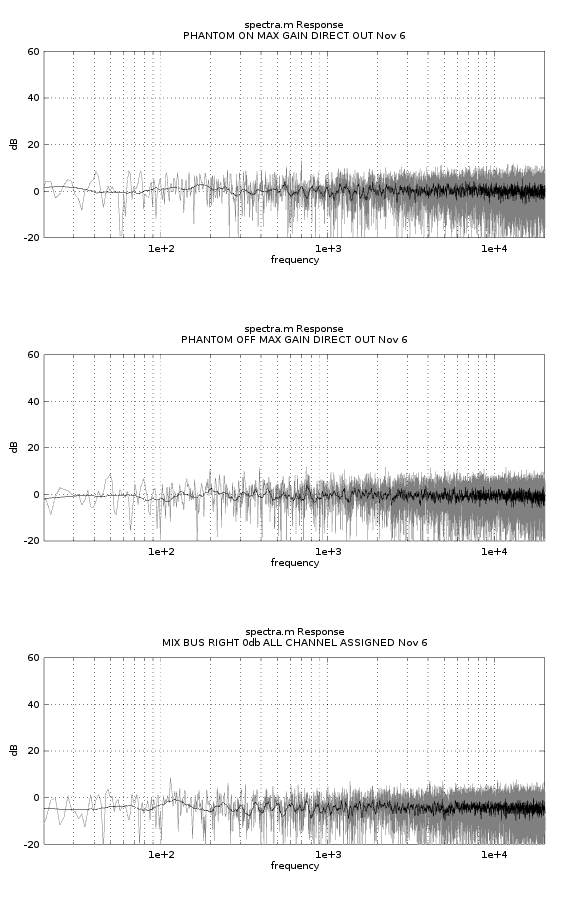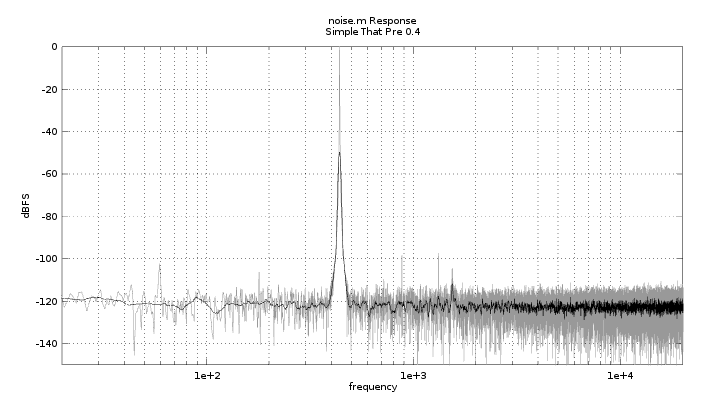Potato Cakes
Well-known member
Hello, Everyone,
I've been working on a particular project where I thought I had sorted out my PSU noise issues using an enclosed SMPS. For the lastest version of this project where added the final feature set, I used an open frame SMPS to save space. This generated hum centered around 60Hz for the class A sections and raised the noise floor significantly for the ICs. I tried moving the PSU out of the case, filtering, isolating the various amp circuits, and changing grounding schemes with no luck. I went back to an enclosed SMPS and the noise went away, even without any sort of filtering. I'd still like to use an open frame SMPS for the space saving benefit, but I don't know what specs I would need when considering using one in an audio circuit. I have used the medical grade and cost effective versions with the same results. The enclosed SMPS' all seem to work with audio circuits no matter the brand.
Has this happened to anyone else? Has anyone here used a particular open frame SMPS in the same chassis as the audio circuit with great success?
Thanks!
Paul
I've been working on a particular project where I thought I had sorted out my PSU noise issues using an enclosed SMPS. For the lastest version of this project where added the final feature set, I used an open frame SMPS to save space. This generated hum centered around 60Hz for the class A sections and raised the noise floor significantly for the ICs. I tried moving the PSU out of the case, filtering, isolating the various amp circuits, and changing grounding schemes with no luck. I went back to an enclosed SMPS and the noise went away, even without any sort of filtering. I'd still like to use an open frame SMPS for the space saving benefit, but I don't know what specs I would need when considering using one in an audio circuit. I have used the medical grade and cost effective versions with the same results. The enclosed SMPS' all seem to work with audio circuits no matter the brand.
Has this happened to anyone else? Has anyone here used a particular open frame SMPS in the same chassis as the audio circuit with great success?
Thanks!
Paul
Last edited:









